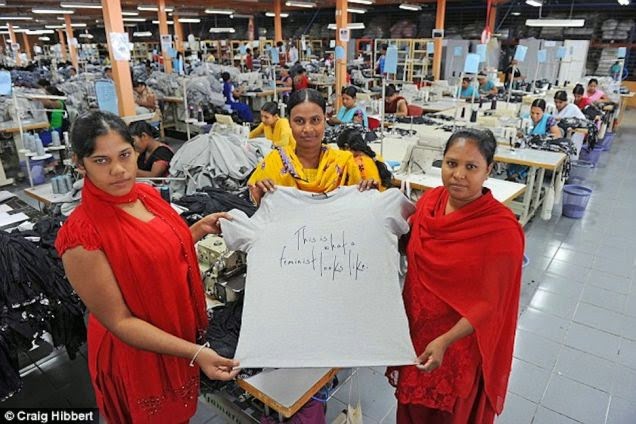Think-Tanks, International and Non-Governmental Organizations
INTL 399 WINTER 2015
HYBRID COURSE
TUESDAY 14:00 - 15:50 PM
Connected Learning Course
READINGS:
International Organizations: Politics, Law, Practice By Ian Hurd. Cambrdige University Press, 2010.
NGOization Complicity, Contradictions and Prospects (Edited) By Aziz Choudry and Dip Kapoor. Zed Books, 2013.
Other readings will be posted on the D2L and you will find them under the course documents.

FOR MORE INFORMATION, PLEASE CONTACT
TUGRUL KESKIN INTERNATIONAL STUDIES
tugrulkeskin (at) pdx.edu
Course Description and Objective:
In this course, we will examine the emergence and development of think tanks and international and non-governmental organizations (NGOs) from a comparative perspective. In the 19th and 20th centuries, the concept of the modern state emerged out of the growth of capitalism and industrialization, and led to the creation of a complex bureaucracy and an interconnected social, political and economic environment within the global political arena. However, WWI and II gave birth to the UN (originally the League of Nations) as a venue for negotiation between nation-states in the international arena in order to prevent political conflicts. Think tanks (semi-governmental institutions) are the other important economic and political actors within and between the modern nation-state. We will review the concept of the nation-state in this class. The emergence of think tanks or policy institutes dates back to the time of imperial Britain.

These institutions were affiliated with security studies at the beginning stages of their emergence because they support the colonial dream of imperialism; however, this has changed slightly with the establishment of American think tanks and the rise of the US as a global power. Hence, the Carnegie Endowment for International Peace (1910), the Brookings Institute (1916), the Hoover Institution (1919), The Century Foundation (1919), the Council on Foreign Relations (1921) and the Rand Corporation (1946) were all founded in the first half of the 20th century. They were, and still are affiliated with the security establishment of the US. However, these organizations started to play a more effective role within domestic politics in the second half of the 20th century, because of the rise of the neoliberal economy. Less Keynesianism in the modern American Economy led to an increase in the power and number of these policy-oriented institutions, and they expanded to the social and economic field within the US. As a result, the Heritage Foundation (1973) and Cato Institute (1974) were established. However, the power of think tanks did not become apparent until the first half of the 1980s. After the collapse of the Soviet Union, think tank politics began to dominate the American political landscape inside the beltway, taking on issues like drug policy to immigration, foreign policy and health care. This power led to considerable attention from American corporations. As a result of this trend, many more think tanks were established, and some changed their structures to collaborate with and meet the needs of corporations. Private funding has poured into these policy institutions ever since, and the term, ‘inside the beltway politics,’ coined in the 1980s and popularized in the 1990s, describes these circumstances. Today, the power and role of think tanks cannot be ignored, and should be studied academically from the standpoint of their origins, particularly their domestic and now international political usage. We will also study the emergence, development and role of non-governmental organizations such as the Committee to Protect Journalists, Doctors Without Borders, Mercy Corps, Amnesty International, and Human Rights Watch. All of these organizations are fairly new to the global social and political arena.
Course Requirements
Item
Date Weight
(%)
Weekly Reflection Papers
or online quizzes Sunday 48.0
Participation/Attendance 5.0
Online Discussion 12.0
Weekly Presentations 10.0
Final Paper March 15th 25.0
















